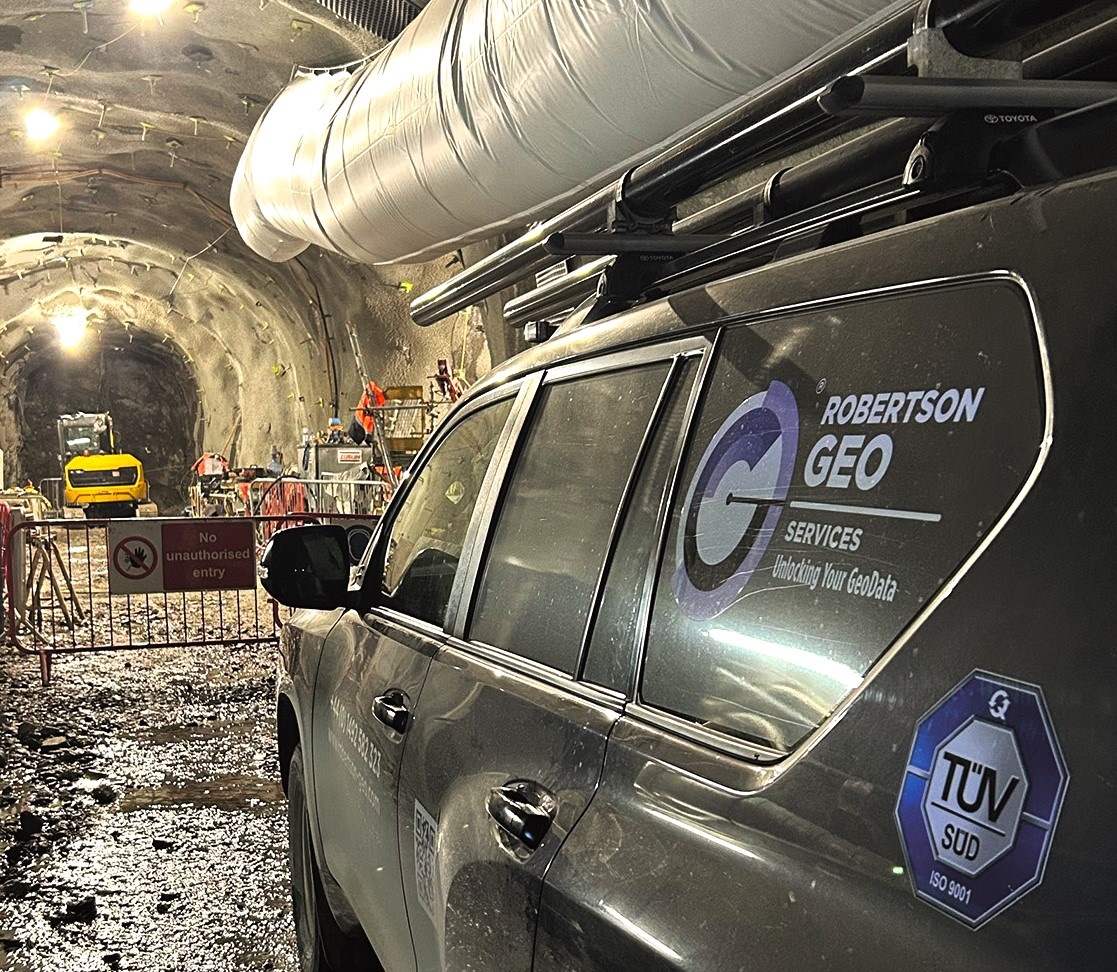ROBERTSON GEO dug deep to capture vital geotechnical data for a £1.5bn hydroelectric scheme.
Located on the banks of Loch Lochy, near Inverness in Scotland, Coire Glas will be the first hydro storage project of its size to be constructed in the UK since Dinorwig Power Station in the 1980s.
The Conwy-based provider of borehole geophysical and petrophysical logging technologies and services was contracted by Strabag UK Ltd to collect a comprehensive set of geotechnical statistics for the development.
Driven by energy firm SSE Renewables, the site will have a potential capacity of up to 1300MW, generating enough power for up to three million homes in a matter of minutes.
Robertson GEO Managing Director Simon Garantini said the business – which also has locations in the US and Hong Kong – deployed a suite of geophysical probes in an exploratory tunnel more than one kilometre long and 700m below ground level.
A “challenging” task, he revealed the operation required equipment and new techniques they had never used before, including a 2,000m winch enclosed in a safety cage
“The exploratory work being undertaken for Coire Glas is among the most extensive ground investigations of its time, collecting and analysing a huge volume of geotechnical data before construction begins,” said Simon.
“The comprehensive scope of the ground investigation is not least required due to the site’s proximity to the Great Glen fault line, which is visible from outer space.
“The geotechnical data will observe ground conditions to inform on the potential risks and challenges posed to a successful delivery of the project, so this was a hugely important task, pivotal to them moving forward.”
The tunnel included three “galleries” from which a series of long, near horizontal and angled boreholes were drilled, and a series of short “televiewer” boreholes for imaging, deformability and stress testing.
Work continued 24/7 with two teams of two engineers alternating on back-to-back 12-hour shifts.
“Logistics underground could be difficult with equipment needing to be moved around underground whilst many other tasks were occurring simultaneously,” said Simon.
“The most challenging aspect of the logging operation was the development and deployment of a ‘push’ system to place logging tools in horizontal boreholes.
“Our team has considerable experience in using them on horizontal boreholes up to about 40m in length. However, these were up to around 280m so the magnitude of the task could not be underestimated.”
He added: “There were other challenges – notably in designing a push system for the raised boreholes up to 22m in length – but a manual arrangement using customised tubular push rods was engineered, which worked successfully.
“The work environment was noisy at times with the inevitable dripping water on sensitive equipment such as laptops, though together we resolved all these issues.
“The geophysical logging campaign we undertook formed a vital component of the overall ground investigation, providing high-quality calibrated data, not attainable by other means, at centimetre resolution in the boreholes.”
With customers in 160+ countries and more than 25 approved agents, Robertson Geo provides ground investigation services and manages borehole logging equipment rentals worldwide.

